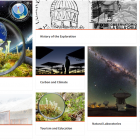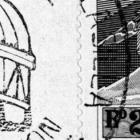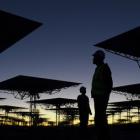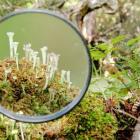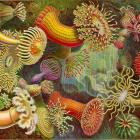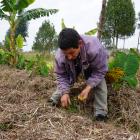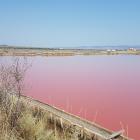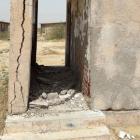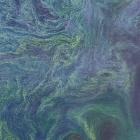Haciendo visible el carbono y el cambio climático
Haciendo visible el carbono y el cambio climático
Tercer capítulo de la exposición virtual de Ricardo Rozzi et al., De lupas a telescopios: Explorando el microcosmos y el macrocosmos en los laboratorios bioculturales de Chile.
De lupas a telescopios: Explorando el microcosmos y el macrocosmos en los laboratorios bioculturales de Chile
Chile es una tierra dibujada al ritmo de la propia naturaleza. Es un laboratorio natural que nos invita a mirar hacia arriba, al macrocosmos, y hacia abajo, al microcosmos. En ambos extremos de este largo y angosto país, las actividades científicas tienen un gran impacto global. Actualmente, más del 50 % de las observaciones astronómicas del mundo utilizan los telescopios del Observatorio Europeo Austral (ESO por su acrónimo en inglés) y de otras instituciones instaladas en el Desierto de Atacama, en el norte de Chile. Complementariamente, en su extremo sur, Chile estableció el Centro Internacional Cabo de Hornos para Estudios de Cambio Global y Conservación Biocultural (CHIC) para investigar los microcosmos, desde el organismo más grande, el planeta Tierra, hasta los más pequeños. El CHIC explora diversas formas de conocimiento y valores para comprender y proteger la biosfera en el contexto del cambio socio ambiental global. Esta exposición virtual potencia la integración de las ciencias, las artes y las humanidades mediante una novedosa asociación con el Centro Rachel Carson para el Medio Ambiente y la Sociedad, invitando a los visitantes a dejarse encantar a través de las múltiples escalas del cosmos.
Acerca de la exposiciónAbout the author
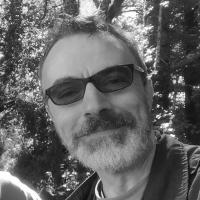
University of Connecticut, USA
Show moreBernard Goffinet is a professor in ecology and evolutionary biology at the University of Connecticut. His research interests focus on the diversity and evolution of mosses and lichens based on field work in the Americas, Asia, and Africa. He also engages in enhancing awareness of these lesser-known organisms through walks, books, and exhibits. He completed his BS and MS at the University of Liège, with a thesis focused on epiphytes in old growth forests, and earned his PhD at the University of Alberta for his study on the evolution of mosses. He has edited and written several books and is currently the president of the International Association of Bryologists. You can learn more about his work here.
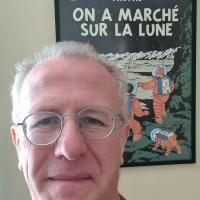
European Southern Observatory
Show moreAlain Smette has been an operations staff astronomer at the European Southern Observatory since 2004. He received his PhD from the University of Liège, Belgium, in 1994. After a postdoc at the Kapteyn Astronomical Institute, Groningen, he became a research associate at NASA’s Goddard Space Flight Center, then returned to Liège in 2001. His research interests include the study of absorption lines in the spectra of quasars and gamma-ray burst optical afterglows, gravitational lensing, and active galactic nuclei. As a member of the Science Operations department at Paranal, he was successively the instrument scientist for the VISIR then CRIRES instruments, and instrument operations team coordinator. He is currently a system scientist in the system engineering group at the Paranal Observatory.


